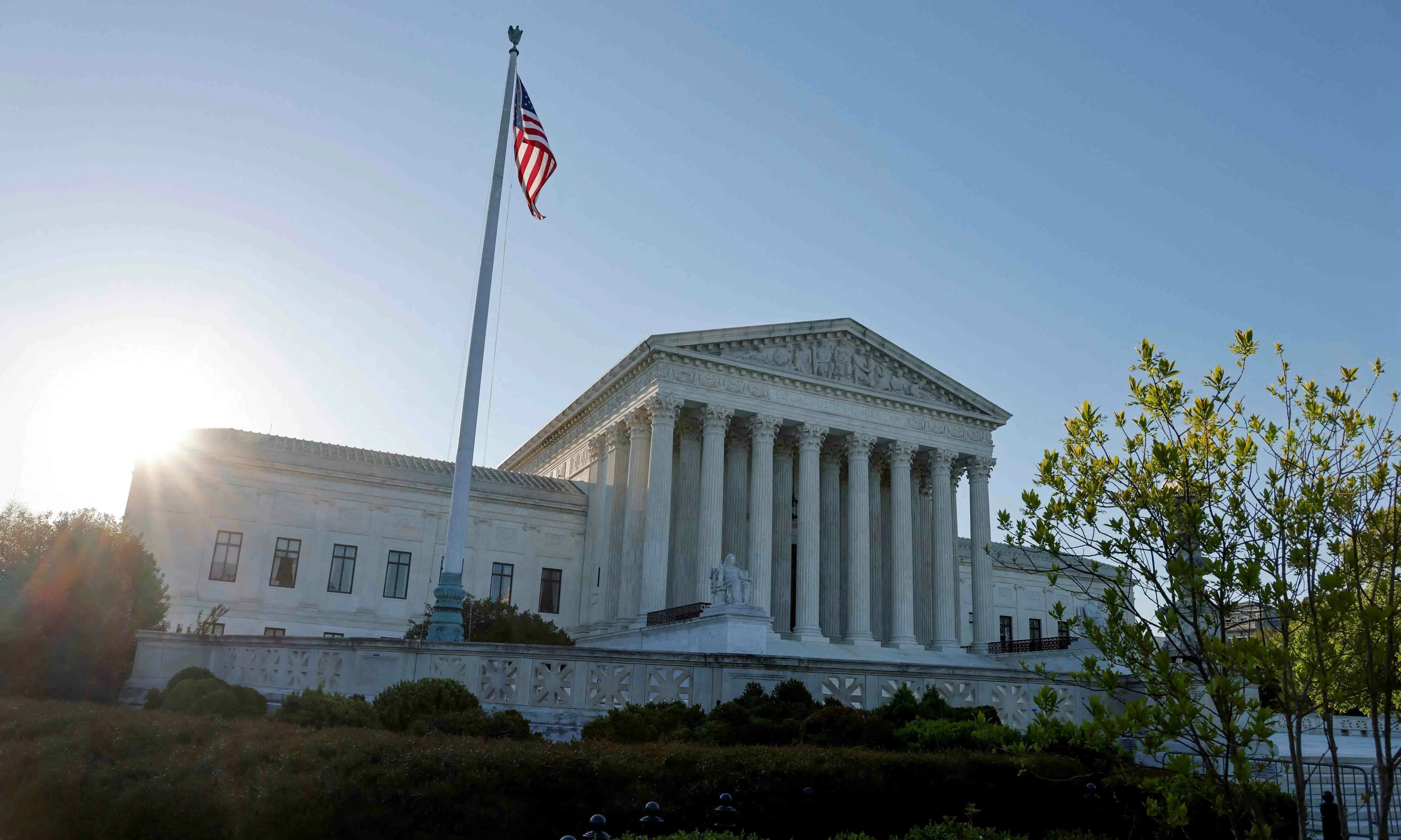
I. Introduction
The US Supreme Court, established with the inception of the
Constitution, holds a unique position in the American legal system. Its
decisions have far-reaching consequences, impacting the lives of citizens and
shaping the nation's policies. Recently, there has been a heightened interest
in understanding the individuals who currently occupy the esteemed positions on
the Supreme Court bench.
II. Historical Context
To comprehend the present, it's essential to explore the
historical evolution of the Supreme Court. Initially established with the
Judiciary Act of 1789, the Court's role has evolved significantly. From
interpreting the Constitution to becoming a powerful check on the legislative
and executive branches, the Court's journey is a testament to its significance
in American governance.
III. Structure of the Supreme Court
The Supreme Court comprises the Chief Justice and Associate
Justices, who are nominated by the President and confirmed by the Senate. What
makes the Supreme Court unique is its lifetime tenure, providing justices with
independence and insulation from political pressures.
IV. The Current Composition
As of [current date], the Supreme Court is composed of [list
of current Supreme Court Justices]. Each Justice brings a unique background and
legal philosophy to the bench, contributing to the diversity of perspectives
within the Court.
V. Recent Landmark Cases
The Supreme Court is known for its landmark decisions that
shape legal precedents and societal norms. Recent cases such as [mention key
decisions] highlight the Court's role in influencing the trajectory of American
law.
VI. Controversies and Criticisms
Despite its esteemed status, the Supreme Court is not immune
to controversies and criticisms. Public perceptions of the Court, especially in
light of recent appointments, have sparked debates about its role and
influence.
VII. Role of the Supreme Court in Shaping Policy
Central to the Court's function is judicial review, allowing
it to interpret the Constitution and strike down laws deemed unconstitutional.
Examining pivotal decisions, such as [mention examples], provides insight into
the Court's impact on policy.
VIII. How the Supreme Court Affects Daily Life
The Supreme Court's decisions reverberate beyond the legal
realm, influencing the daily lives of citizens. From civil rights to privacy
issues, the Court's rulings have tangible effects on individuals and
communities.
IX. The Changing Dynamics
The Supreme Court has undergone shifts in ideology over the
years, impacting its decisions. Understanding these dynamics is crucial for
predicting potential future changes in the Court's composition and stance.
X. Public Opinion on the Supreme Court
Public sentiment towards the Supreme Court is a dynamic
aspect, influenced by factors such as political climate and high-profile cases.
Surveys and polls offer insights into how the Court is perceived by the
American people.
XI. Interviews and Insights
Gaining perspectives from legal scholars and analysts
provides a deeper understanding of the nuances within the Supreme Court.
Interviews with experts shed light on the decision-making processes and the
implications of key rulings.
XII. Transparency and Accountability
Ensuring transparency in the Supreme Court's proceedings is
vital for maintaining public trust. Addressing calls for increased
accountability contributes to a more open and responsive judicial system.
XIII. Comparisons with Other Legal Systems
Contrasting the US Supreme Court with international
counterparts offers valuable insights into different approaches to judicial
systems. Examining lessons learned from other legal systems contributes to the
ongoing evolution of the US judiciary.
XIV. Future Challenges for the Supreme Court
Anticipating challenges that the Supreme Court may face in
the future allows for proactive measures. From navigating political pressures
to addressing societal changes, the Court must adapt to remain a cornerstone of
the American legal system.
XV. Conclusion
In conclusion, the US Supreme Court remains a pivotal
institution with a profound impact on American society. As we navigate the
complexities of the modern era, the Court's role continues to evolve,
emphasizing the need for a nuanced understanding of its dynamics.
